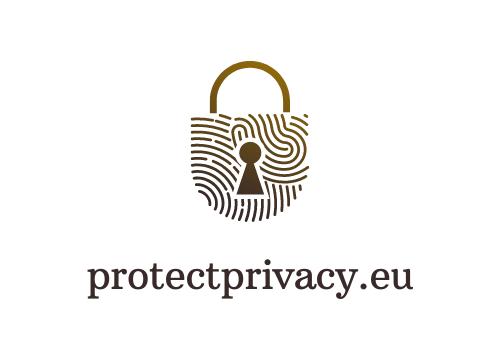Identity Theft on the Internet: Understanding its Most Common Forms

As our daily lives become more intertwined with technology, the risk of identity theft has increased significantly. Identity theft is a crime in which an individual’s personal and sensitive information is stolen and used for fraudulent purposes. This article will discuss the most common forms of identity theft on the internet and explore prevention methods to help protect yourself.
Phishing
Phishing is one of the most common forms of identity theft on the internet. It involves the use of fake emails or websites that appear to be from legitimate sources to trick users into providing their personal and sensitive information, such as passwords or credit card details. To prevent falling victim to phishing attacks, it’s important always to double-check the sender’s email address and to avoid clicking on suspicious links.
Malware
Malware is another form of identity theft that can be downloaded onto a user’s device, often without their knowledge. Once installed, malware can access personal information and send it to the attacker. Prevention methods for malware include installing antivirus software, keeping your operating system and applications up-to-date, and avoiding downloading attachments or software from untrusted sources.
Data Breaches
Identity theft can also occur through data breaches, in which a large amount of personal data is stolen from a company’s database. Prevention methods for this type of identity theft include using strong and unique passwords, avoiding using the same password across multiple accounts, and regularly monitoring your financial statements and credit reports.
Social Engineering
Social engineering is another form of identity theft that involves tricking individuals into revealing their personal information. This can be done through phone calls, text messages, or even in-person interactions. To prevent this type of identity theft, it’s important to always verify the legitimacy of the person or organization requesting your information and to avoid sharing sensitive information unless you are sure of the person’s identity.
Conclusion
In conclusion, identity theft on the internet is a severe threat that requires vigilance and proactive prevention methods. By being aware of the most common forms of identity theft and taking steps to protect yourself, you can reduce the risk of falling victim to these scams. Remember to always be cautious when sharing personal information online and to report any suspicious activity to the appropriate authorities.







